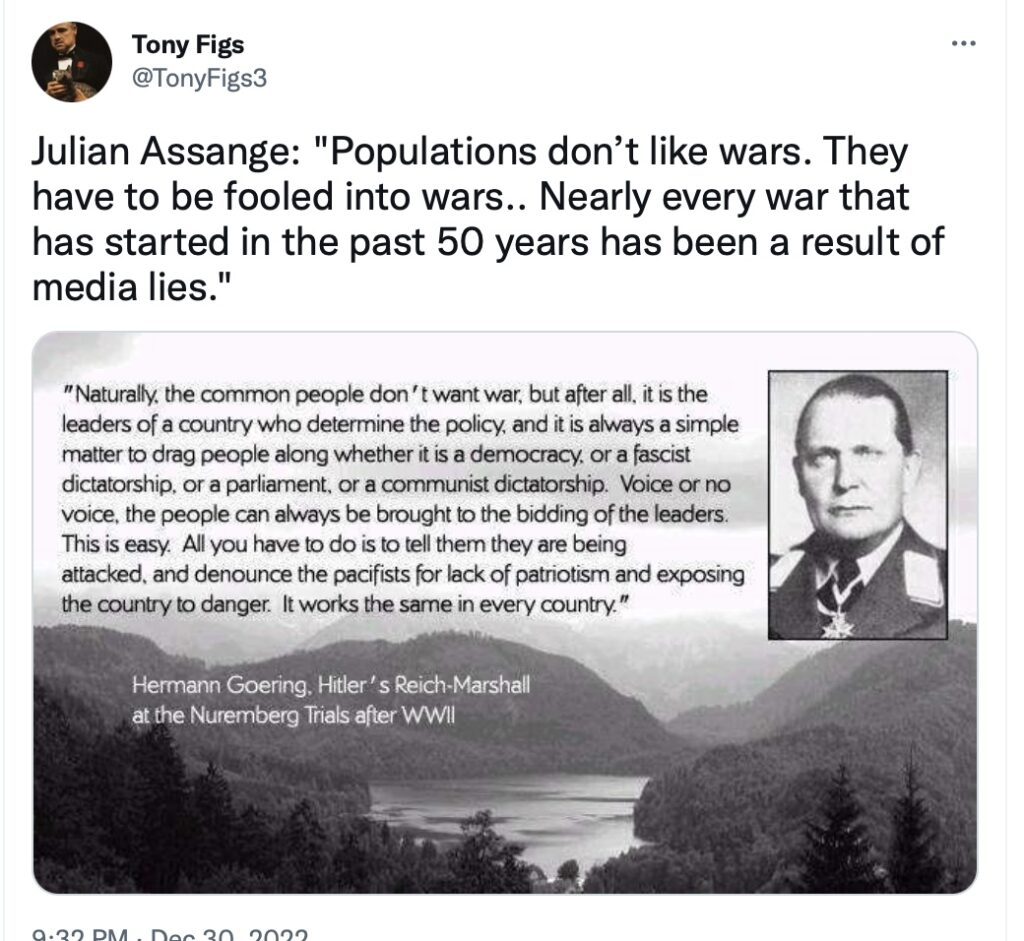In the U.S., we tend to think mostly about our own losses, our own wounded and dead. The costs we inflict on other people with our war machine are estimated in Jacob Crosse's article: "Two decades of US “war on terror” responsible for displacing at least 37 million people and killing up to 12 million." An excerpt:
A staggering new report coauthored by Professor David Vine at the Watson Institute at Brown University conservatively estimates that 37 million people, equivalent to the entire population of Canada, have been forced to flee their home country, or have become internally displaced within it by nearly two decades of unending US imperialist war. The analysis, published by the Costs of War Project, sought to quantify for the first time the number of people displaced by the United States military operations since President George W. Bush declared a “global war on terror” in September 2001 following the still unexplained attacks on the World Trade Center in New York City and the Pentagon.
Professor Vine and his coauthors note that the 37 million estimated displaced is a “very conservative estimate,” with the real number of people displaced since September 2001, “closer to 48-59 million.” That is as much as, or more than, all of the displaced persons in World War II and therefore more than any other war in the last century. It is difficult to articulate the levels of misery, poverty, hardship, strife, pain and death visited upon entire societies and endured by millions of people.
The latest Costs of War report focused on eight countries that have been subjected to major US military operations: Afghanistan, Pakistan, Yemen, Somalia, the Philippines, Iraq, Libya and Syria.
. . . The authors estimate that 9.2 million people in Iraq and 7.1 million in Syria have been displaced respectively, in both cases roughly 37 percent of the prewar population. . . .Somalia, where US forces have been operating since 2002, has the highest percentage of displaced persons with 46 percent of the country or nearly 4.2 million people displaced.
Throughout the “war on terror,” the authors estimate between 770,000 and 801,000 civilians and combatants on all sides have died in Afghanistan, Iraq, Syria, Pakistan and Yemen since US forces began military operations in those countries. The number of “indirect deaths,” that is, those who weren’t confirmed killed by military weaponry, but died due to lack of healthcare, infrastructure, or food as a result of US military operations, embargoes and blockades may exceed 3.1 million, although the authors noted that credible estimates range in excess of 12 million.


